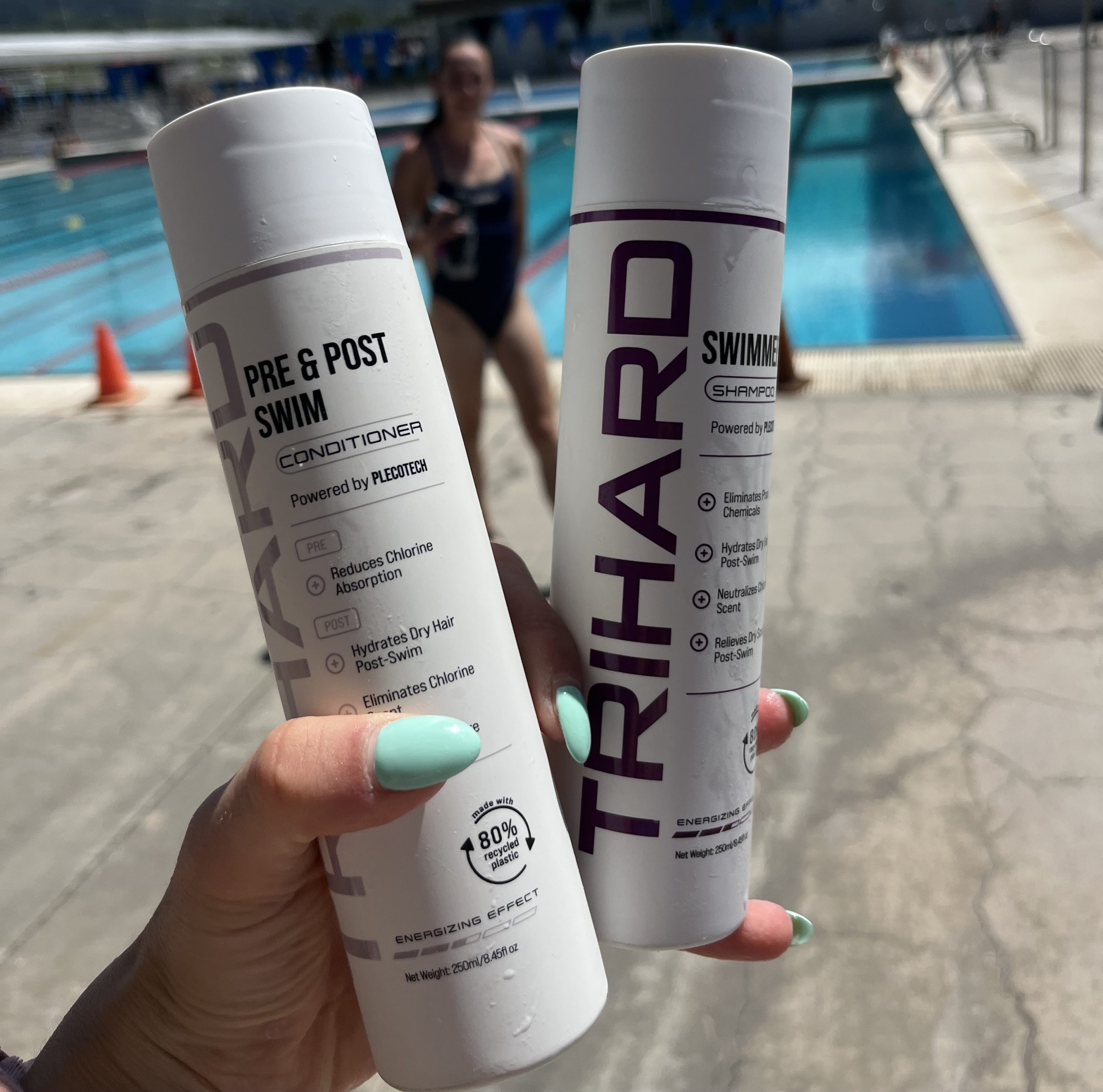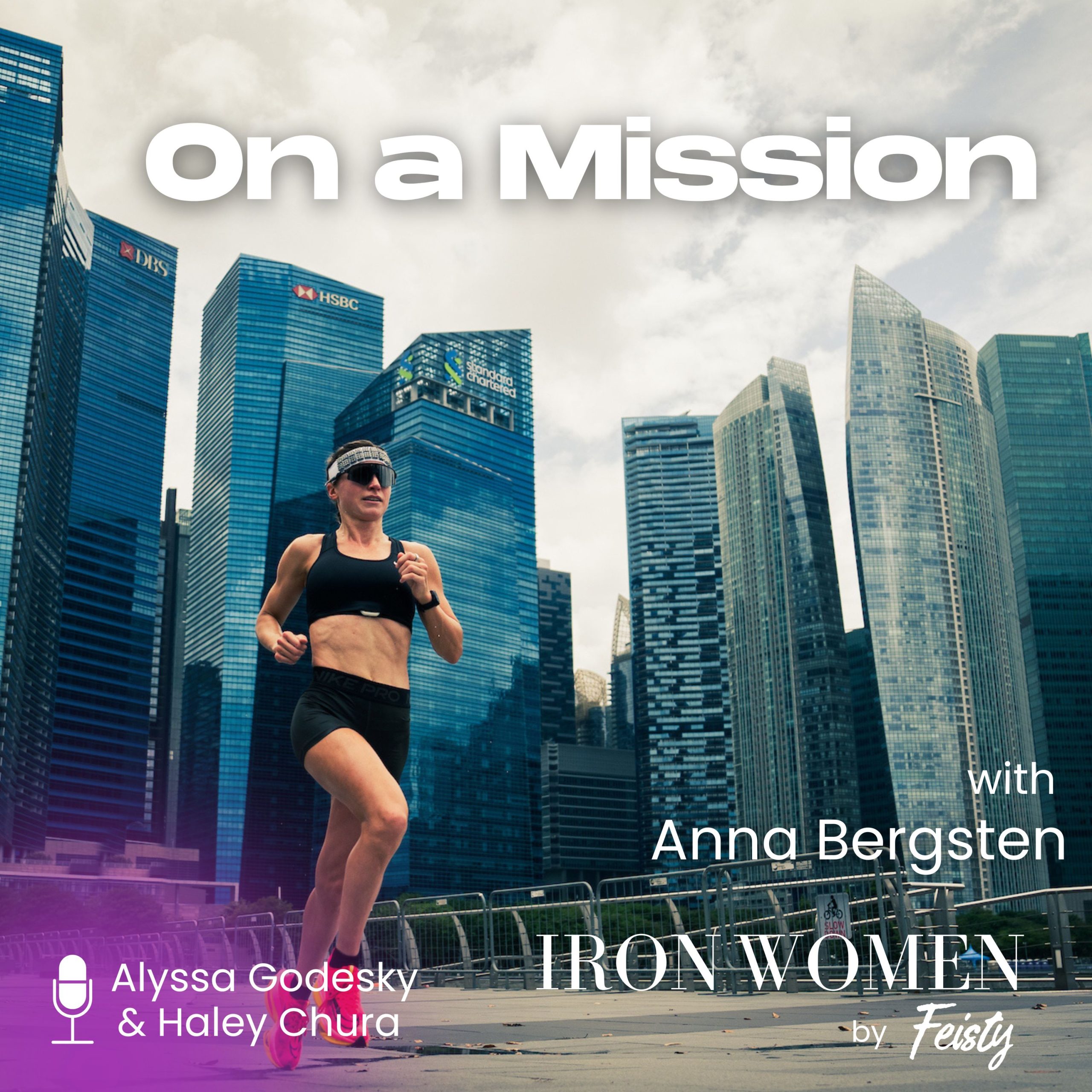February 28, 2021
How to Choose the Right Bike for Your Training Needs
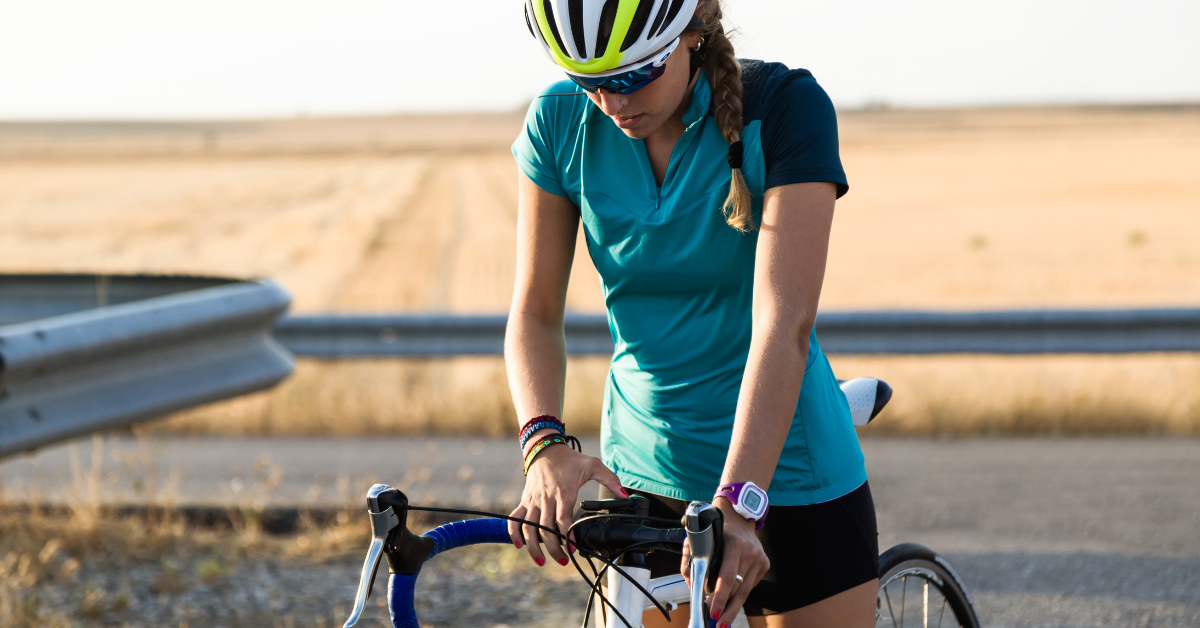
Our Feisty Cycling Expert Gyl Golden is back with her guide to finding your next bike to suit your training needs.
By: Gyl Golden
With so many choices of bikes and so much information out there, the simple project of buying a new bike can often become rather involved. But fear not, I have some straight forward advice about getting started.
First let’s start off with things to consider before you start looking. If you can answer these questions, that will help exponentially in choosing the correct bike for your objectives.
1. How much do you want to spend?
If the sky’s the limit then maybe a lot of what I have to say is irrelevant. However if you want the best value for your money then note the total amount you can spend. Then take into account all of the added equipment/gear you will need. This includes a bike fit, the pedals ( they are not included with the bike), shoes, helmet, clothes, gloves etc. Obviously the more expensive the bike, the lighter and more sophisticated it will be. But if you’re starting out, that’s not the most important thing at the moment. Seriously, don’t think that just because you spent a huge amount of money on a sexy tri bike that you’ll just hop on and go at incredible speeds. As Lance says, “It’s not about the bike.” First and foremost, it’s all about the ability of the cyclist. Which brings us to..
2. What is your current cycling level of ability?
Here, you have to be honest at least with yourself. If you used to cycle but haven’t in 10 years….that’s not exactly the same as someone who is currently cycling outdoors every week; at least not yet. If you are new to road cycling or sort of new, look for a “starter bike” which is a good quality bike that is not too expensive. I’ve got good reasons. First, there are a lot of people who decide that they want to get into triathlon, spend an enormous amount of money on a bike but after a year or so they find that either they’re just not into it (yeah, I know, what odd people) or more often than not they just don’t use the bike as much as they thought they would so they end up selling it. Second, if you’re newish, you’ll probably fall a little more than usual (fine, I’ll speak for myself) so an aluminum alloy bike might be better to start off with than a carbon fiber because it can take more of a beating. But I’ll get into that later. Third, let’s say you are indeed going out regularly and racing a bit, you can always level up your existing bike by buying lighter wheels and a lighter group set before having to buy a new bike. And last but kind of touchy- feely, once you get more experience on your starter bike and finally upgrade to a lighter sexier model, you will appreciate its features so much more than if you just skip to the badass racing bike.
3. What are your riding goals for the future? How do you intend to use the bike?
So why do you want a bike? Is it to get fit again? Participate in regular group rides? Is it to compete in races or do multi-day cycling events? These questions matter. But to start out if it’s to compete in triathlons then you’ve got more questions to ask yourself.
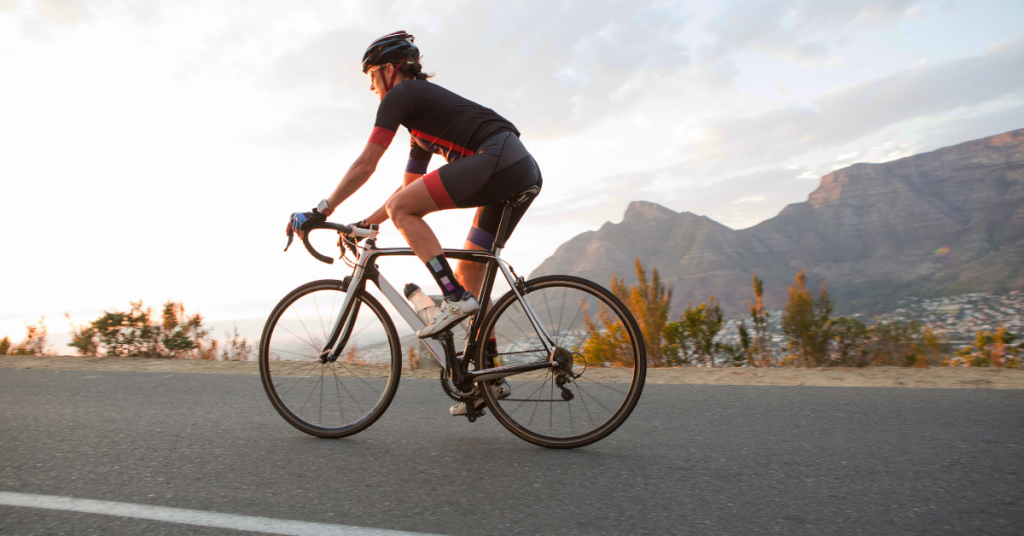
Road Bike vs Triathlon Bike
So first of all what are these magnificent creatures we call triathlon bikes or time trial bikes? Triathlon bikes are designed to put you in a forward position with a steeper seat tube, close to vertical, and when you are in the aero bars you are indeed in a more aerodynamic position to slice through wind. Most triathlon races are non-drafting which means you must ride individually and therefore cannot benefit from the peloton for protection from the wind. As such having a triathlon bike helps your overall time. This can make you faster than on a road bike.
Studies have found that using a tri bike during the cycle portion, “off the bike” run times decrease meaning a tri bike can help you economize for the run. When deciding whether to buy a tri bike or a road bike, it goes to my three basic questions. Again, just because you have a tri bike does not necessarily mean you will be magically faster overnight.
Here are things to consider. Tri bikes are always going to be more expensive than road bikes so it goes to your budget. Next, it definitely goes to your cycling ability. Tri bikes take some getting used to. You should already have good bike handling skills such as descending and overall being comfortable in most outdoor biking situations. You need some flexibility already and both physically and psychologically it will take time to adapt to a tri bike.
How will you be using your new bike? If you like riding with a group, know that most cyclists would rather you not be in aero position when rolling with them and for good reason. It’s potentially dangerous as you can’t see as well what’s coming up ahead if you’re in a pack and your hands aren’t near the brakes. How often will you be riding your tri bike? If you are only going to do a couple of triathlons a year, perhaps it’s best to start out with a road bike. Also what will the race courses you’ll be participating in be like? Will they be most flat, hilly, windy or involve serious climbing? On flat courses you will probably see the best results of what a tri bike can do for you. However, if there are real climbs and descents you might find you are more efficient on a road bike; even on an Ironman race course. The same goes for wind. People can have problems maneuvering on a tri bike in lateral wind on a flat course or steep descents. Now for cyclists with a lot of experience rolling on a tri bike, it probably won’t make that big of a difference. But if you’re new or newish, a road bike is probably your best choice.
The Frame- Aluminum Alloy, Carbon Fiber, Titanium or Steel
Aluminum or an Alloy
It’s probably the most affordable option of the four. It’s somewhat light weight and corrosion resistant. The down sides are it doesn’t absorb shock as well as let’s say carbon and aluminum tends to wear out more quickly over time. An aluminum bike or an alloy of aluminum and carbon is a great option for an entry level bike. Most brands will have a carbon high end model as well as an aluminum option being much less expensive.
Carbon Fiber
Carbon fiber is the lightest of the four and absorbs the shock of road riding. The downsides are it’s more expensive and if you get even the smallest of cracks, it’s no longer safe to ride. It can’t be repaired. In relation to quality with price, if you plan to get serious in the sport carbon is the best option for triathlon racing.
Titanium
Titanium is stiff, corrosion resistant and doesn’t wear out. Often you get lifetime guarantees with this product. It can be light and absorb a lot of shock well. The only downside is, as the material is rare, it is very expensive.
Steel
Steel is heavier and more expensive than aluminum and carbon. It is a durable material that won’t wear out. I would suggest steel more for a touring bike than for a triathlon racing.
Road Bike Groupsets
After the frame, the next thing you should be looking for is the groupset. The groupset is made up of brakes and gears. The three main manufacturers are Shimano, Campagnolo and Sram. Most bikes come with Shimano and that’s just fine. There is an enormous amount of talk and debate about these three products on the internet but forget all of that. The more important information that you need to retain is the gear ratios. So like everything else, they come in tiers; entry level, mid-range and top end. Logically, as you go up in price the equipment gets lighter with smoother shifting.
If you are starting out or not entirely in shape yet and you will be doing a lot of climbing, I would recommend an 11/ 32 cassette. (these are the little rings in the back)You’ve got a few more cogs which makes climbing easier. That said, if you are a beginner but won’t be tackling steep climbs and will stay on flat-ish roads with some hills then I’d say get an 11/28 cassette.
So you might be asking, “why not just stick with an 11/32 all the time? Yeah, I know I pondered this question myself when trying to make a choice. With an 11/32, as you change gears, there will be bigger jumps in speed from cog to cog. If you’re not climbing steep enough, you’ll feel it and things will go from hard to too easy and you will probably miss your sweet spot. Your sweet spot is the gear that corresponds perfectly with your ability and the gradient of the climb so that you can go as fast and as efficiently as you possibly can. A smaller cassette such as an 11/28 moves through the gears more gradually and is more efficient on medium pitched climbs. For the chain set (the big rings in the front) I’d recommend a 50/34. They make climbing a bit easier but they work just fine on the flats.
And remember, as you cycle more and get more experienced you can buy other cassette and chain set sizes to change up depending on what you’ll be doing.
Disk vs Rim Brakes
Rim brakes have been the norm for years, probably over 100 years, and its action is when the braking occurs on the outer edge of the rim of the wheels. While disc brakes are new to the road cycling world, they have been around for a long time on mountain bikes. Now all of a sudden we’re seeing disc brakes everywhere. Here braking force is applied on a rotor in the center of the wheel. In fact, now more than ever it’s difficult to find a new bike with rim brakes. It’s not so much the advantages of rim brakes that are in question but more the advantages and disadvantages of disc brakes and why we should embrace them. Disc brakes have more precise braking ability and they don’t heat up the rim of the wheel which can potentially cause a blowout on long descents. They also operate more effectively in wet weather. On the down side, disc brakes are more expensive and they are currently heavier than rim brakes.
It seems as though rim brakes are being forced out without much choice for the consumer. If you google “disc brakes vs. rim” you will find a lot of contradictory information and a lot of negatives concerning disc brakes. For example, some cyclists have reported that after crashing, their legs have been sliced by a disk brakes rotor. So yes they are labeled as dangerous. The thing is in a sport like cycling, people like tradition and often anything too bold is rejected at first. Tour de France riders refused clipless pedals at first, clinging to their beloved toe straps. There were once professional triathletes who laughed at time trial bikes as a race possibility in the beginning. Yes, there are a couple of downsides to disc brakes but for example, already, technology is advancing to make them lighter. And I’m guessing the little leg slashing thing will get sorted out; at least I hope so.
“So Gyl, which should I choose?” First know that you can’t convert between the two options so once you’ve made the decision, you’re committed. Weigh the three questions you’ve answered to choose your bike. If you are open go with the disc. If you are skeptical, look for shops that sell rim brakes.
Wheels
Any bike you purchase will come with rather basic wheels mostly to keep the price down on the overall purchase of the bike. They are fine to start out with. Most cyclists ultimately buy new wheels later on upgrading to something lighter and stiffer. Often wheels can end up costing more than the bike. When looking at the wheels, make sure there is a high spoke count which will make the wheel stiffer and look for a rim width of ideally 28 mm. The wider the rim, the more grip you’ll have on the road and you’ll potentially go a hair faster.
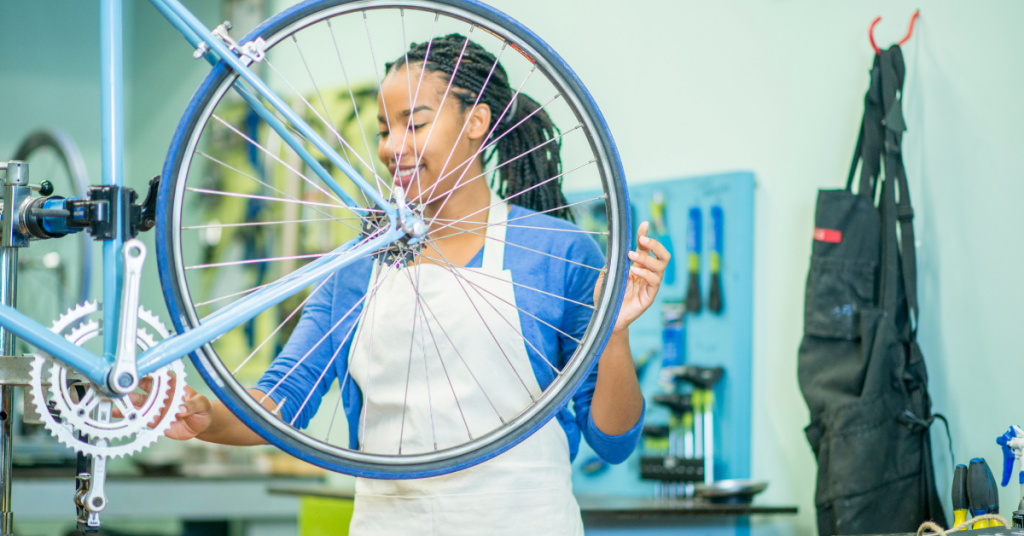
Women Specific Bikes
I have never ridden a “women’s bike” – just on a side note, anything that is labeled “just for people like you” I find suspicious. But in doing the research, I think I can clear up a few things; At least currently, the idea of a women’s specific bike means addressing the anatomical differences between men and women. So for example, a woman may need narrower handlebars, a smaller bike frame and a different saddle. That’s what a women’s road bike is proposing.
But no matter the gender, you will need to make adjustments to any bike, unless it’s custom, to keep you comfortable and as efficient as possible. So even if you bought a women’s bike, you still may need to buy a new saddle that works for you. I am pretty tall so I have never really had a problem with finding a suitable bike frame which is probably why I’ve never considered a women’s bike. And I think that is key. If you are “petite” you probably would benefit from a women’s bike. I think really instead of calling them women’s bikes, why not just have bikes in smaller sizes. There are shorter men who would probably benefit as well.
Online vs Local Bike Shop
So where are you going to buy this beast? There’s no doubt that if you search online you will find the cheapest deals but you never know exactly what you’ll get. Definitely order direct through the manufacturer if you’ll be taking the online route. Other than a lower price, there are a few downsides. You can’t test it out first and more importantly service after the sale is limited at best. When the bike arrives you will have to assemble it yourself. And you may find it’s not an ideal fit for your body. If you are an experienced cyclist this option will probably be fine for you. Plenty of folks order their bikes online and it turns out just fine.
But again for newer riders or even those who are experienced but don’t know much about bikes meaning, “I just know how to ride it and change a flat”, you should consider a good local bike shop. Once you have the bike, you’ll have questions, there could be small problems to work out with the actual fit of the bike and later on if you need certain parts, ordering directly from the manufacturer could take weeks before you actually receive them. Many top brands often have a back log on just about everything. Establishing a relationship with your LBS has countless benefits, just a little more expensive.
Bike Fit
In your budget, allow for a bike fit. Yeah, I know the added money is a pain and it could go towards an even sexier bike. But why bother to spend a ton of money on a fast bike if you are actually rolling 10% slower than your actual potential. As well as it could either end up agitating an old injury or contributing to a new one. A professional bike fit will maximize your efforts, keep you more comfortable on the bike and help prevent overuse injury to a certain point.
I hope these tips encourage you to take the big leap into the cycling world. As someone once said, “You can’t be depressed while riding a bike.”
*****

Gyl Golden is a writer, instructor and 8- time Ironman distance finisher. She is head coach at Golden Triathlon Coaching where she offers online coaching and training plans. In 2018 she cycled the entire Tour de France route one- day before in the efforts of advancing women’s cycling. She is based in Montpellier, France where she is always in search of new backroads to explore by bike.
Follow Gyl at Ironwoman For The Ocean on Facebook and on Instagram @ironwomanfortheocean and check out her coaching page at goldentriathloncoaching.com and Golden Triathlon Coaching on Facebook.
*****


 Outspoken Women in Triathlon Summit Returns Bigger than Ever
Outspoken Women in Triathlon Summit Returns Bigger than Ever  Driving the Lamborghini: Productivity and the Power of Paper
Driving the Lamborghini: Productivity and the Power of Paper  5 take aways from the Compete Sports Diversity Summit
5 take aways from the Compete Sports Diversity Summit  Simple Tips to Hone Your Bike Handling Skills
Simple Tips to Hone Your Bike Handling Skills 